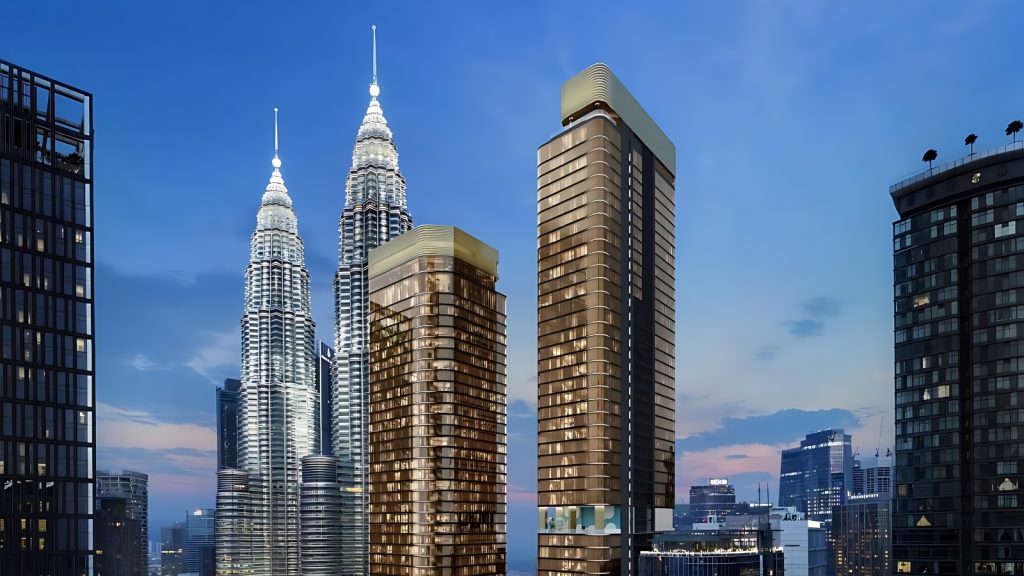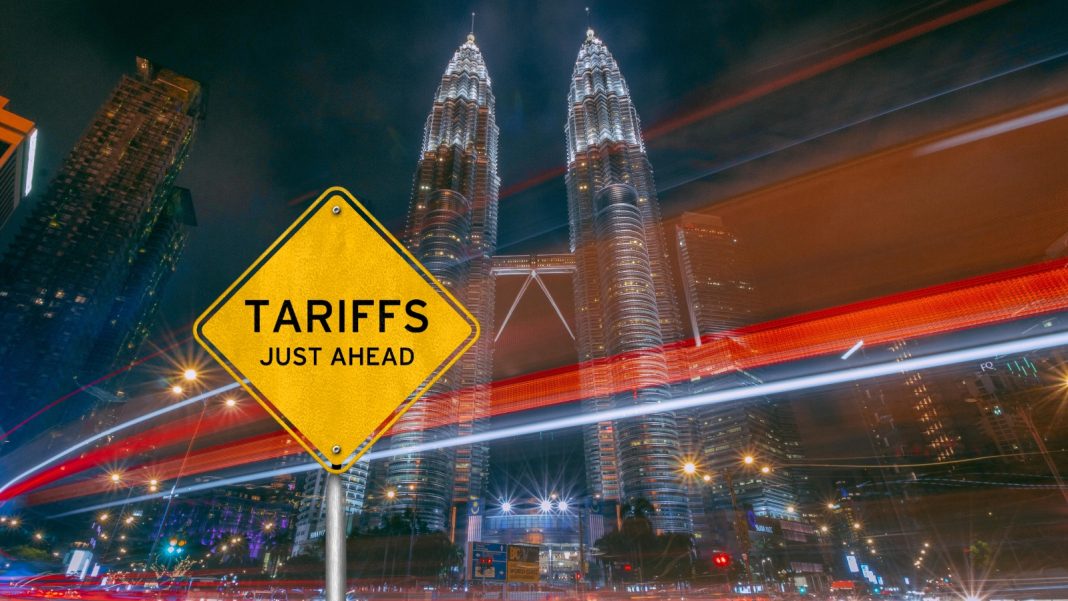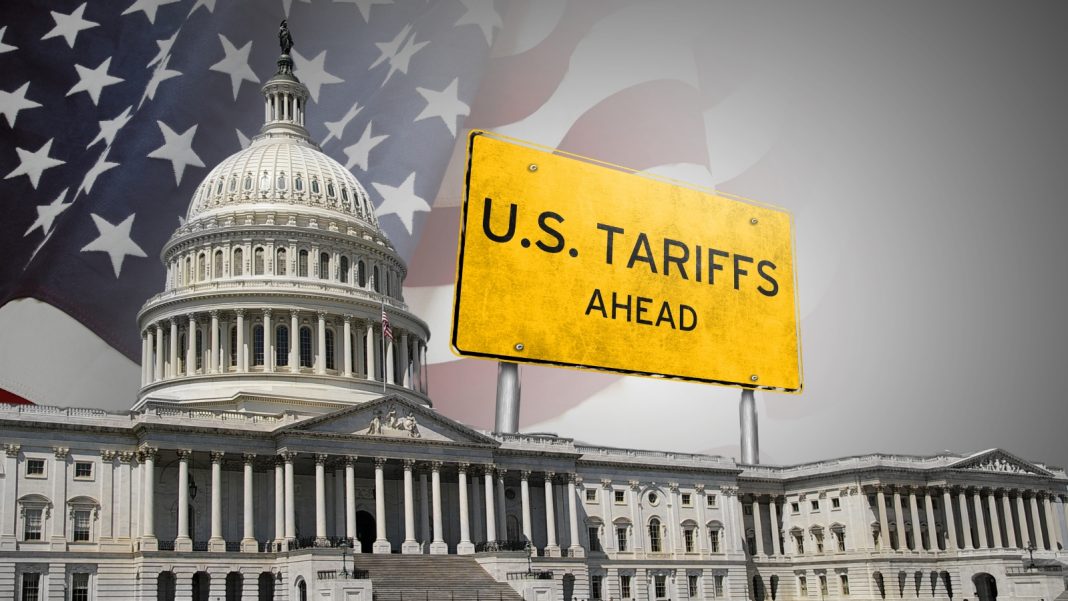With the risk of a US-China trade war escalating, Malaysia’s real estate market will experience both challenges and opportunities. Here’s a breakdown of how different segments of the property sector could be affected and how investors can prepare.
1. High-End & Luxury Real Estate (KLCC, Mont Kiara, Johor, Penang)
Potential Opportunities:

✅ Increase in Foreign Buyers – If China faces more trade restrictions, Chinese investors might move capital into Malaysia to protect their wealth. MM2H applicants, business owners, and high-net-worth individuals could drive demand.
✅ Weaker Ringgit Attracts Foreign Investors – If the MYR depreciates against the USD and CNY, Malaysian properties become cheaper for foreign buyers.
Potential Risks:
❌ Uncertainty in High-End Demand – If economic instability worsens, high-net-worth buyers may hold off large investments, slowing transactions in KLCC and luxury markets.
❌ Stricter Foreign Investment Rules – Malaysia might tighten foreign ownership policies if there’s an influx of speculative buyers, similar to previous restrictions on foreign property purchases.
Investment Strategy:
🔹 Focus on branded residences & integrated developments with strong rental demand.
🔹 Monitor foreign buyer trends (especially from China, Singapore & Hong Kong).
🔹 Look at Malaysia My Second Home (MM2H) properties, as more expats may relocate due to geopolitical uncertainty.
2. Industrial & Logistics Real Estate

Potential Opportunities:
✅ More Manufacturing & Logistics Demand – As US tariffs hit Chinese goods, companies may shift production to Malaysia to avoid tariffs. This benefits industrial parks in Selangor, Johor, and Penang.
✅ Warehousing Boom – More companies will stockpile goods in Malaysia before exporting to avoid trade disruptions. E-commerce & logistics hubs near ports and airports could see a rise in demand.
Potential Risks:
❌ Delayed Foreign Direct Investment (FDI) – If uncertainty persists, global companies might postpone expansion plans, slowing the demand for new industrial properties.
❌ Construction Cost Hikes – If tariffs lead to higher costs for imported steel and machinery, developers could face higher construction costs, impacting industrial property prices.
Investment Strategy:
🔹 Target industrial areas like Klang, Shah Alam, and Iskandar Malaysia, which are growing hubs for logistics and manufacturing.
🔹 Look for properties near major highways & ports (e.g., Port Klang, Senai Airport) to benefit from increased trade flow.
🔹 Consider REITs specializing in industrial properties for passive income.
3. Residential Property Market (Mid-Range & Affordable Housing)

Potential Opportunities:
✅ Lower Interest Rates Could Stimulate Demand – If the economy slows, Bank Negara Malaysia may lower interest rates, making housing loans cheaper.
✅ Domestic Buyers May Shift to Property – If stock markets become volatile, Malaysians may shift funds to real estate as a stable asset.
Potential Risks:
❌ Slower Job Market Could Weaken Demand – If manufacturing and export-driven industries suffer, job losses could lower home-buying demand, especially in mid-range properties.
❌ Material Cost Increases – If tariffs affect steel, cement, and imported building materials, house prices may rise, making affordability a challenge.
Investment Strategy:
🔹 Buy properties in areas with strong local demand (e.g., near transport hubs, universities, or employment centers).
🔹 Look for government incentives (e.g., MyHome, PR1MA, and Home Ownership Campaign projects).
🔹 Focus on rental markets in mature neighborhoods where demand remains stable.
4. Commercial & Retail Real Estate

Potential Opportunities:
✅ More Foreign Brands Entering Malaysia – If the US-China trade war shifts business operations, international brands might expand into Malaysia, boosting demand for office & retail spaces.
✅ More Flexible Workspaces & E-Commerce Growth – Companies may seek co-working spaces and flexible office solutions to manage costs in uncertain times.
Potential Risks:
❌ Office Oversupply in KL & Major Cities – Malaysia already has high vacancy rates in commercial properties. If companies cut back on expansions, this issue may worsen.
❌ Retail Market Slowdown – If global uncertainty impacts consumer confidence, shopping malls and retail centers may struggle with lower footfall and rental demand.
Investment Strategy:
🔹 Invest in mixed-use developments that integrate retail, office, and residential spaces to hedge risks.
🔹 Focus on flexible office spaces & commercial properties catering to tech companies, freelancers, and startups.
🔹 Look at suburban retail hubs where local demand is still strong, rather than oversupplied city centers.
Final Thoughts: How Should Malaysian Property Investors React?
Who Benefits?
✔️ Industrial & logistics real estate investors – demand will rise due to supply chain shifts.
✔️ Foreign property sellers – if MYR weakens, more foreigners may buy high-end properties.
✔️ First-time homebuyers – if interest rates drop, it’s a good time to buy.
Who Should Be Cautious?
⚠️ Luxury property investors – may see slower demand due to global uncertainty.
⚠️ Retail & office property owners – oversupply and weaker consumer spending could hurt rental yields.
⚠️ Flippers & short-term investors – uncertain market conditions mean properties might take longer to sell.
Conclusion: How to Position Yourself for the Next 12-24 Months
1️⃣ Monitor global trade shifts – Keep an eye on FDI and business relocations that could impact industrial and commercial properties.
2️⃣ Diversify property investments – Don’t rely on one segment; consider a mix of residential, commercial, and industrial assets.
3️⃣ Leverage government incentives – Take advantage of schemes like HOC and MM2H to attract local and foreign buyers.
4️⃣ Hold for long-term growth – With uncertainty ahead, focus on properties with strong long-term fundamentals rather than short-term speculation.


